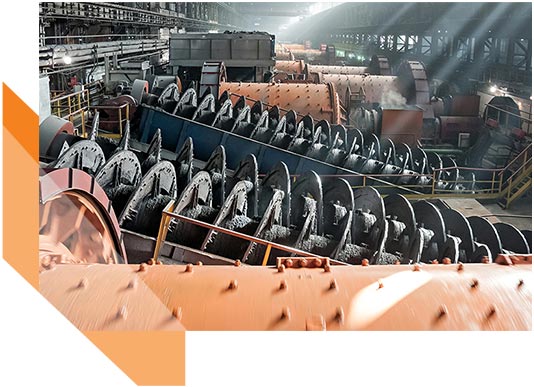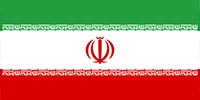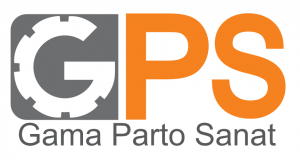Mineral processing
![]()
Designing mineral processing plans
Mineral processing plant design is an important part of mineral processing plant construction, which includes identification of physical properties, chemical properties, mineral composition, mineral processing methods, process flow, equipment configuration, workshop layout and other aspects of ore. And it requires high professional and technical levels, and at the same time, it plays an important role in improving the exploitation rate and economic benefits of mineral resources.
process flow; It is the core of mineral processing plant design that determines the production efficiency and product quality of the mineral processing plant. The process flow should be based on factors such as ore properties, mineral processing test results, technical and economic comparisons to select appropriate process methods, equipment settings, process parameters, etc. Also, the process flow should be flexible and adjustable with changes in the grade and properties of the feed ore.
equipment selection; Another influential part in the design of the mineral processing plant is that it affects the construction investment and operating costs of the mineral processing plant. Equipment selection should be comprehensively considered based on factors such as process flow, equipment performance, equipment price, etc. When choosing the equipment, attention should be paid to the matching of the production capacity of the equipment to ensure the selection of the equipment with the right size.
The location of the plant is also an important part of the design of the mineral processing plant, which affects the operational efficiency of the mineral processing plant. The plant should be reasonably located based on factors such as process flow, equipment size, and ease of transportation. The location of the factory must comply with relevant norms, regulations and standards to ensure safe production. In the location of the factory, attention should also be paid to the beautification of the environment of the mineral processing factory.
Technical and economic indicators are other important evaluation criteria for mineral processing plant design, which reflect the technical level and economic benefits of mineral processing plant. Technical and economic indicators should be based on relevant national or local requirements to determine concentrate grade and return rate to achieve high quality and high performance. Technical and economic indicators should be prepared and compiled based on the report of feasibility studies, preparation of estimates and budgets, analysis of project investment return period and internal rate of return to save investment and reduce costs.
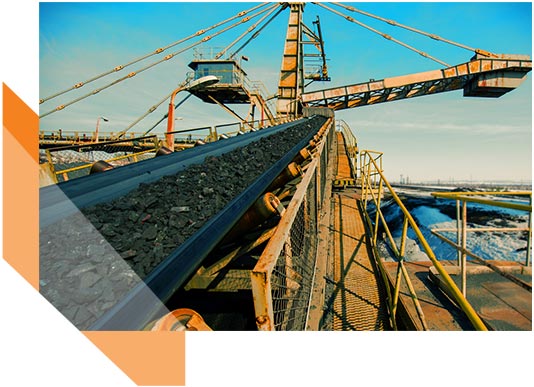
![]()
Abilities and properties
Abilities:
-
Design of crushing lines in crushing sites of metal and non-metal mines
![]() Ongoing-projects
Ongoing-projects
- Carrying out laboratory studies and designing the phosphate concentrate production line of Jiroud mine, Tehran province
![]() Experience
Experience
- Conducting laboratory studies and designing calcium acetate production line in laboratory, semi-industrial and industrial scale
- Carrying out laboratory studies and designing the lead and zinc concentrate production line in Dehsalam polymetal mine, South Khorasan province
-
Design of calcined dolomite production line (crushing, granulation and baking) from Shahreza dolomite mine with a daily capacity of 500 tons of final product
- Carrying out laboratory studies and semi-industrial testing of Seftijan iron ore in order to produce concentrate, Isfahan province
- Implementation of the semi-industrial scale dryer automation project of the Diana machine brick factory
-
Optimizing the iron ore concentrate production line in Abpoone iron ore mine, Isfahan province
-
Full automation of 8 ovate kiln in Khodadadi brick factory, Isfahan province
- Automation of Hoffman kiln No. 3, Zarnama machine brick factory, Isfahan province
-
Automation of Hoffman Kiln No. 1, Zarnama Machine Brick Factory, Isfahan Province
-
Automation of the Hoffman Kiln of the machine brick factory of Persepolis, Qom province
- Monitoring of an ovate kiln in Khodadadi brick factory, Isfahan province
- Providing solutions to reduce energy consumption in brick factories, contracting party with the brick industrial cluster, Isfahan province
-
Automation of Hoffman kiln of Agar factories, contract party with Agar industrial cluster, Isfahan province
- Automation of Hoffman kiln of brick factories, contract party with brick industrial cluster, Qom province
- Production of shale brick by extrusion method, contract party of Agar Industrial Cluster, Isfahan province
- Implementation of the moisture control plan for the materials in the injection press of Diana machine brick factory, Isfahan province
- Implementation of the plan to improve the crushing line of Kasari clay brick factory, Isfahan province
- Implementation of the automation of the Hoffmann kiln on a semi-industrial scale in Kasari clay brick factory, Isfahan province
- Investigating the performance of Diana machine brick factory and determining the amount of reduction in electricity and fossil energy consumption, Isfahan province
- Plan to build a brick factory with an annual capacity of 140 million molds of first-class products, Hamadan province
- Investigating the performance of the fractional clay brick factory and determining the amount of reduction in electric and fossil energy consumption
- Compilation of the country's brick encyclopedia under the contract of the brick industrial cluster, Isfahan province
- Completion of automation (control and monitoring) column flotation cell, Shahrood University of Technology, Semnan province
- Setting up a column flotation cell on a laboratory scale for the first time in Iran
- Designing a titanium concentrate production line from Derghaz Kohnuj mine, Kerman province
- Diagnosing the problems of the production line of the calcimin factory and providing the necessary solutions to upgrade the production line of the factory, Zanjan province
Necessity of processing![]()
The profitability of a mine is based on how much concentrate of the desired mineral can be extracted from the ore. As a result, mineral processing is designed to obtain the maximum amount of mineral concentrate possible before the products enter the market. If it is not possible to take action to profitably yield valuable minerals, then a mine will not reach the development stage in its life cycle. Mineral processing is used to extract the following materials:
Metals include: aluminum, bauxite, chalcopyrite, chromite, copper, galena, gold, hematite, iron, lead, magnetite, molybdenum, nickel, platinum, silver, sphalerite, tin and zinc.
Stones include: building stone, coal, clay, granite, limestone, potash, marble and sand.
Industrial minerals: including apatite, barite, diamond, fluorite, garnet, precious stones, quartz, vermiculite, wollastonite and zircon
The processing process of each mineral is unique and determining the extraction process requires basic studies, laboratory tests and pilot studies. After carrying out fundamental and fundamental studies, including investigations of geology, mineralogy, metallurgy, environmental, social and economic discussions, the type and method of concentration and enrichment are determined.
The first step for any processing operation is the crushing and classification of minerals, and the type and amount of crushing is determined from the previous studies on the material. The extraction methods of minerals after crushing and classification are divided into two general categories, pyrometallurgy and hydrometallurgy, depending on the type and grade of the mineral.
The mine processing department is the primary feed supplier for all metal smelting and concentration factories in the metallurgical industry. In the case of non-metallic materials or industrial minerals, almost all the important economic industries of countries such as chemical, agriculture, construction, ceramics, metal smelting and even medicine are all consumers of minerals and the first stage of purification of these materials in the sector Mine processing takes place. The science of mineral processing is important because without the process of beneficiation, the extracted minerals cannot be used directly in the industry, and mining activities, which are the basis of most economic activities, face serious challenges. In general, processing operations increase the added value of minerals and as a result, mining activities are justified from an economic point of view.

![]()
Implementation of mineral processing lines
Supplying materials needed for life has been one of the most important factors of progress in the field of extracting valuable materials. Different methods of ore dressing that separate waste materials from valuable materials are used to reduce costs in the next stages (pyrometallurgy or hydrometallurgy).
The feed needed by the ore processing plant is provided from the extraction of materials in the mining sector, which with the advancement of science and the invention of new methods in the ore processing plant, the acceptable grade of mineral material has decreased, which naturally depends on the extractable reserve of the mine and the adoption of policies Extraction has had a great impact.
In general, the prospect of ore processing operations is summarized in the following steps:
Crushing and grinding
Classification
Condensation
Dehydration
waste dam
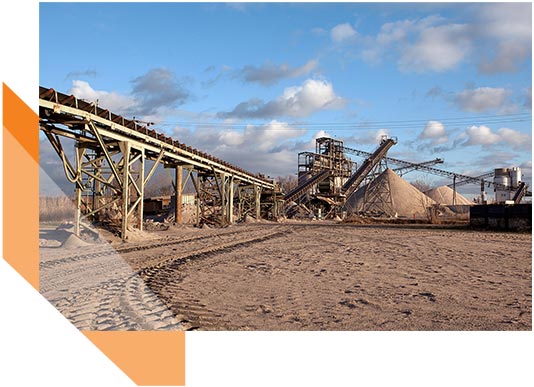
![]()
Optimization of mineral processing lines
Mineral processing plants are very important for extracting valuable minerals from ores. To improve the efficiency and profitability of these factories, advanced techniques and optimization methods are necessary. These techniques and methods include process modeling and simulation, control system optimization, online monitoring and analysis, and data-based decision making.
Process modeling and simulation involves creating virtual models of the processing plant to simulate different scenarios and optimize plant performance. Control system optimization involves optimizing plant control systems to maximize efficiency and minimize waste. Online monitoring and analysis includes real-time monitoring of plant performance to identify and fix problems as they arise.
By using advanced techniques and optimization methods, mineral processing plants can improve their efficiency, reduce costs and increase profitability. In addition, these methods can provide an environmentally friendly model by reducing waste and greenhouse gas emissions.
